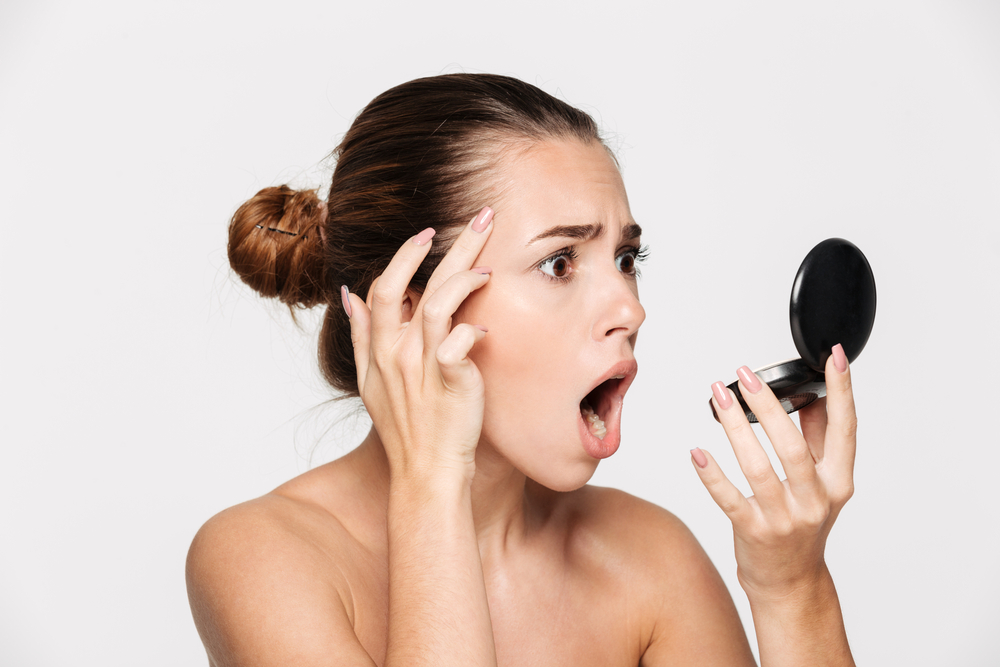Age Spots, also known as liver spots, are flat dark pigmentations on the skin. It is typically seen on the face, hands, shoulders and other parts that are most exposed to the sun. It is because Ultraviolet (UV) light from the sun can trigger the production of melanin that resulted to dark pigments on the skin. The use of commercial tanning lamps and tanning beds cam also cause age spots.
Age spots are commonly not harmful and needs no treatment. It is usually removed or treated for cosmetic reason. Older people, mostly 50 years old and above, have the highest potential of having age spots. However, younger people may also experience age spots especially if they are frequently exposed to the sun.
Melanoma, a serious form of skin cancer, may appear like age spots. It is important to see a doctor if you have noticed that your supposed age spots have changed in appearance.


